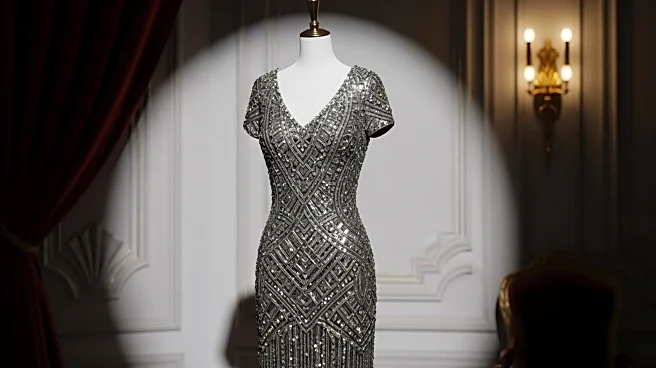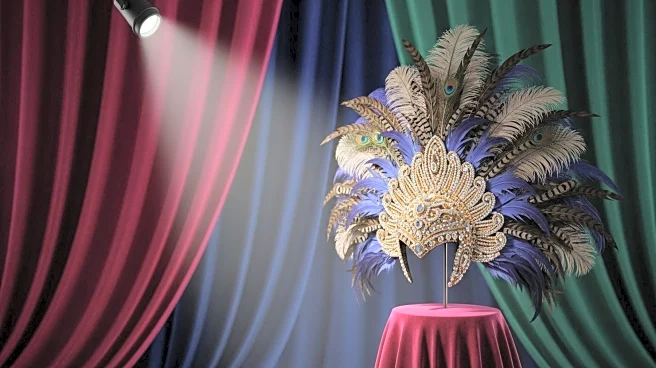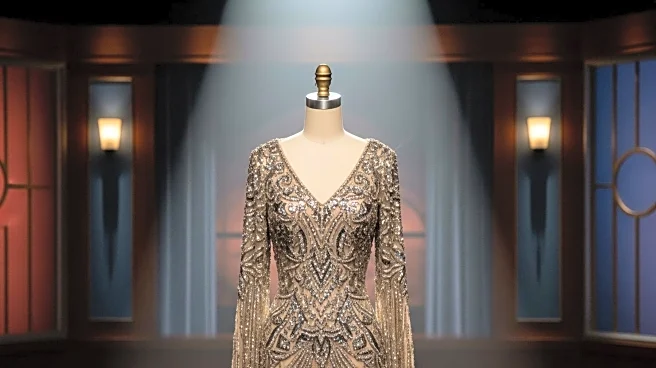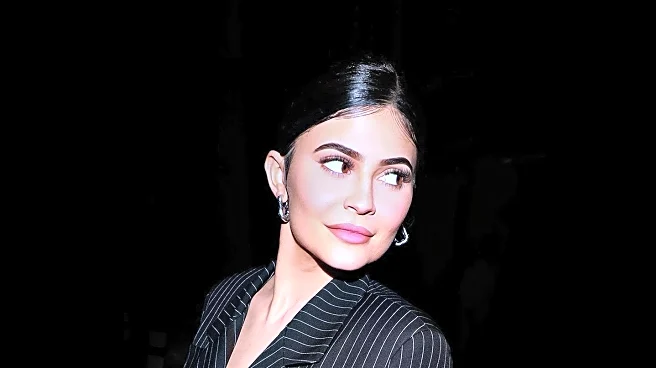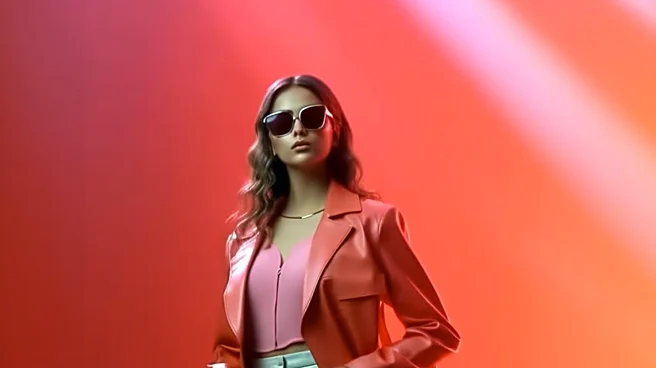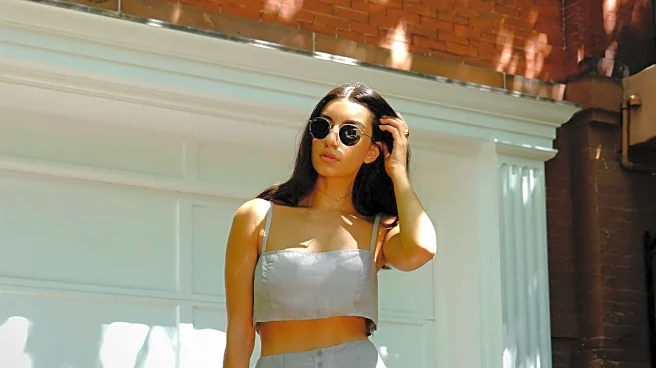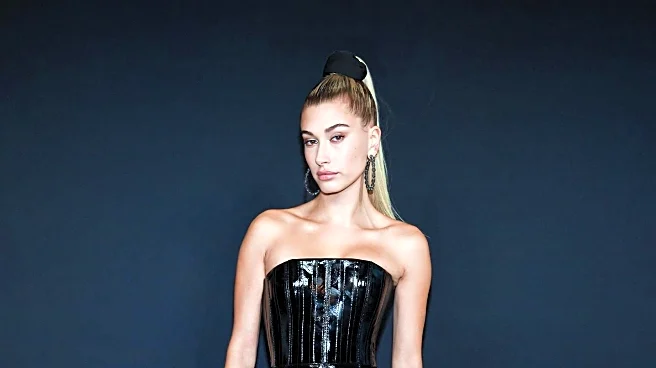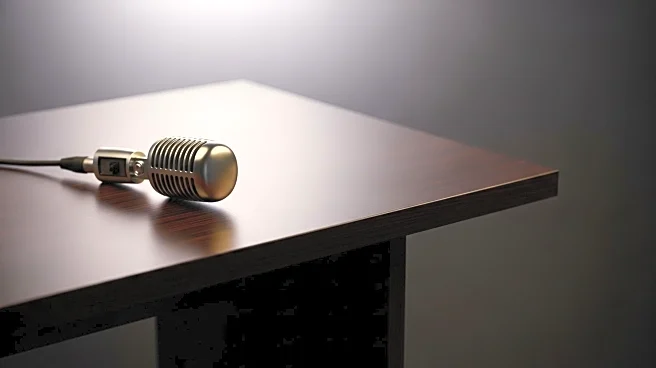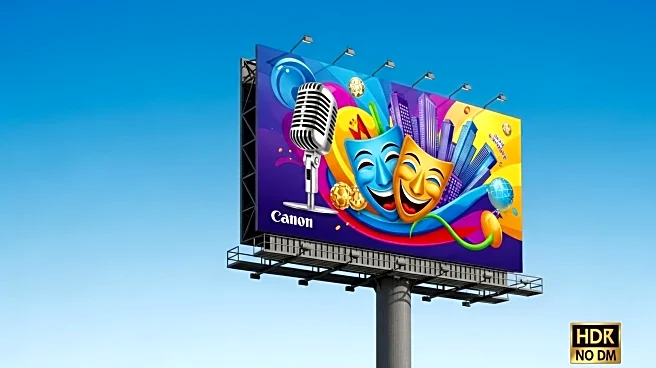What's Happening?
Addison Rae, a prominent pop figure, recently appeared on The Tonight Show Starring Jimmy Fallon wearing a historic dress originally made for burlesque star Gypsy Rose Lee. The dress, sourced from The Way We Wore, a vintage shop in Los Angeles, is a 70-year-old piece adorned with gold sequins, rhinestones, and bugle beads. Weighing 16 pounds, the dress was purchased by the shop's founder, Doris Raymond, 35 years ago from Doyle Auctions. Rae's stylist, Dara, aimed to blend the dress's historical significance with a modern twist, opting for a simple and raw look with undone hair and minimal makeup, eschewing additional jewelry to let the dress stand out.
Why It's Important?
This event highlights the ongoing trend of Y2K nostalgia and vintage fashion making a comeback in contemporary culture. By wearing a piece of fashion history, Addison Rae bridges the gap between past and present, showcasing how vintage styles can be reimagined for modern audiences. This trend is significant as it reflects a broader cultural movement where historical fashion pieces are being celebrated and integrated into current fashion narratives. It also underscores the importance of sustainability in fashion, as vintage pieces are reused and appreciated anew, reducing the demand for new production.
What's Next?
The resurgence of vintage fashion is likely to continue influencing both high fashion and mainstream trends. Designers and stylists may increasingly look to the past for inspiration, leading to more collaborations between vintage shops and contemporary fashion icons. This could also encourage more consumers to explore vintage fashion, potentially boosting the market for vintage clothing and accessories. Additionally, the fashion industry might see a rise in the value of historical pieces, as they become sought-after items for both their aesthetic and cultural significance.
Beyond the Headlines
The use of vintage fashion in modern contexts raises questions about the preservation of cultural heritage and the role of fashion as a historical narrative. It challenges the fashion industry to consider the stories behind garments and the impact of fashion on cultural memory. This trend also highlights the ethical considerations of fashion consumption, promoting a shift towards more sustainable practices by valuing and reusing existing resources.

